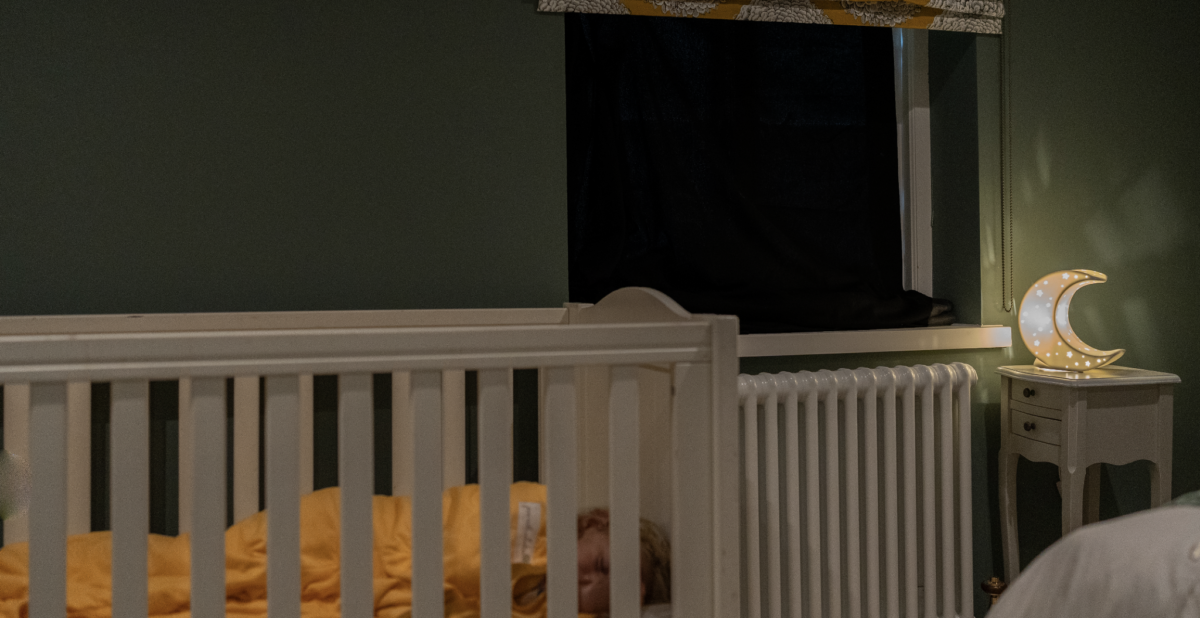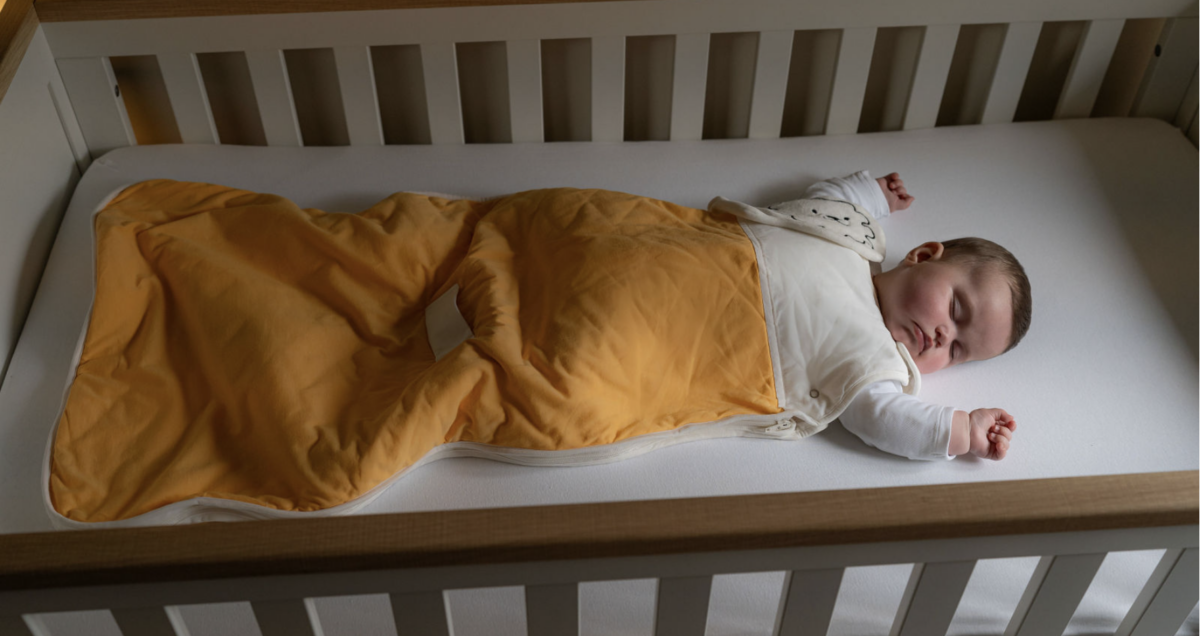
We’re thrilled to bring you Susan Wallace, one of our favourite baby exports and the driving force behind Settled Petals. Who brings her vast expertise as a Baby Sleep Consultant, Potty Training Consultant, Baby Massage Educator, and Baby Yoga Educator to share invaluable tips on navigating the clock change with little ones.
With her comprehensive training and resources in infant sleep, Susan’s work promotes tranquillity and well-being for babies and children alike. Her approach is all about empowering parents and professionals with the knowledge and skills to create a nurturing environment for children to thrive.
Based in Belfast but supporting families globally, Susan’s dedication to infant and toddler care has made a profound impact on countless families and professionals. Through Settled Petals, she offers both one-on-one support and accredited training, aiming to empower and educate on a wide range of child development areas.
Join us as Susan shares her top tips for preparing your baby for the clock change, incorporating insights from her extensive experience and holistic approach to child care.
The clocks are due to spring forward 1 hour on Sunday 31st March 2024. So 1 am becomes 2 am.
Although some people may be disappointed to hear that we lose an hour in bed on a bank holiday weekend, the news will likely be welcomed by parents of early risers as 5.30 am becomes 6.30 am overnight. Other parents may worry that their child’s sleep schedule may be disrupted.
Depending on your parenting style there are 3 main options for how to manage this clock change:
Option 1: One big jump.
With this option, you simply transition your child’s schedule into the new time zone in one move.
So for example if their schedule had been:
Wake: 6.30 am
Nap 12 – 2 pm
Bed: 7 pm
You simply try them for their nap at noon, as usual, no matter what time they wake with the new time zone. This allows them to keep their original schedule but in the new time zone.
Option 2: Slowly but surely.
With this approach you begin to make changes 1 week before (or after) the clock change, adapting the child’s schedule (morning wake, naps, bedtime and meal times) by just 10 minutes per day over a week.

Option 3: Do nothing.
Some parents prefer to go with the flow and adapt their child’s schedules on any given day as consistent with their daily activities or child’s sleep cues. Therefore the clock change may not be particularly relevant to them as their child’s schedule is already flexible.
The ‘right’ approach is the one which works best for your family.
A drawback of the spring clock change is that it effectively borrows an hour’s morning light and shifts it into the evening. This is not ideal for young children given that they often respond well to early bedtimes, and light can stimulate the production of the wake hormone.
Spring also signifies more natural light in the morning which in turn may promote early rising. It is therefore imperative to keep the sleep environment dark in both the evening time and the early morning. Non-toxic blackout blinds help to promote darkness (whether at home or away) whilst also keeping our little ones safe from toxins from traditional blackout blinds.
Lots of time outdoors in natural light during the day can further strengthen a child’s day / night cycle.
